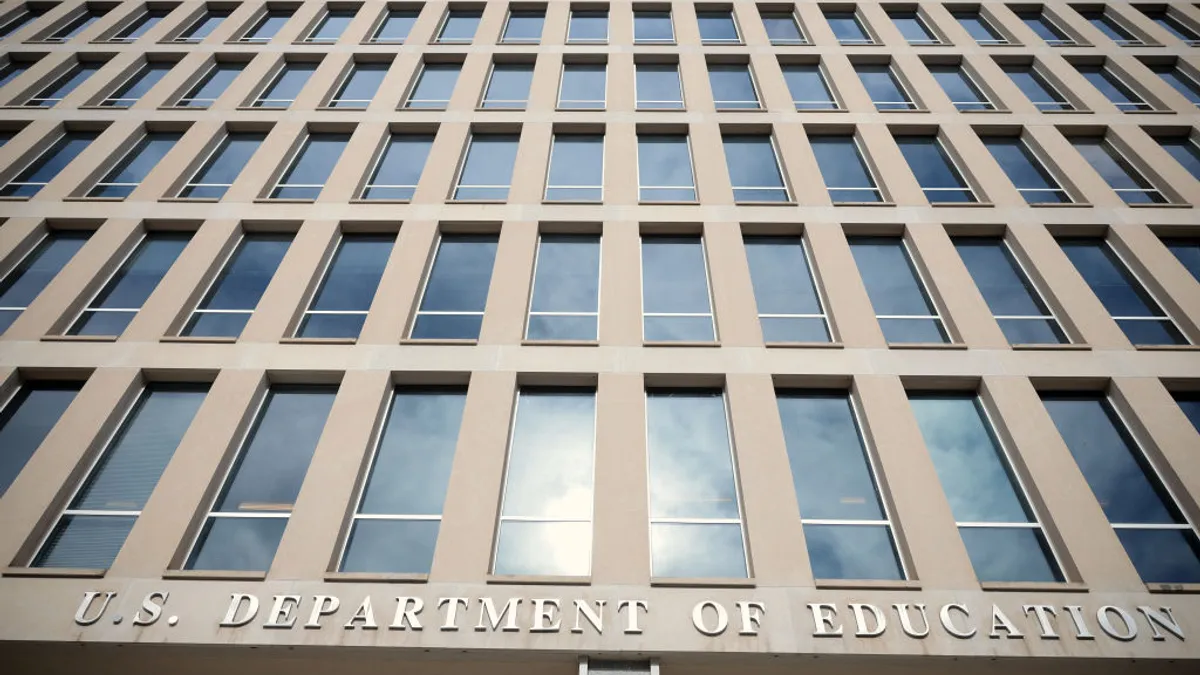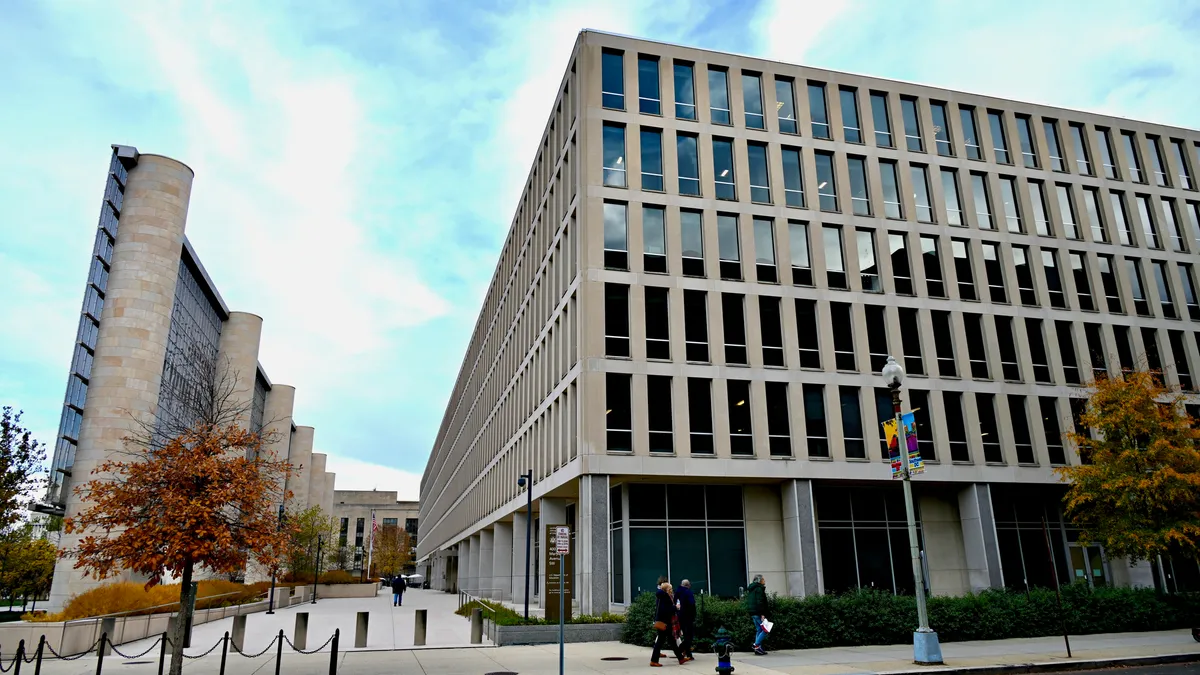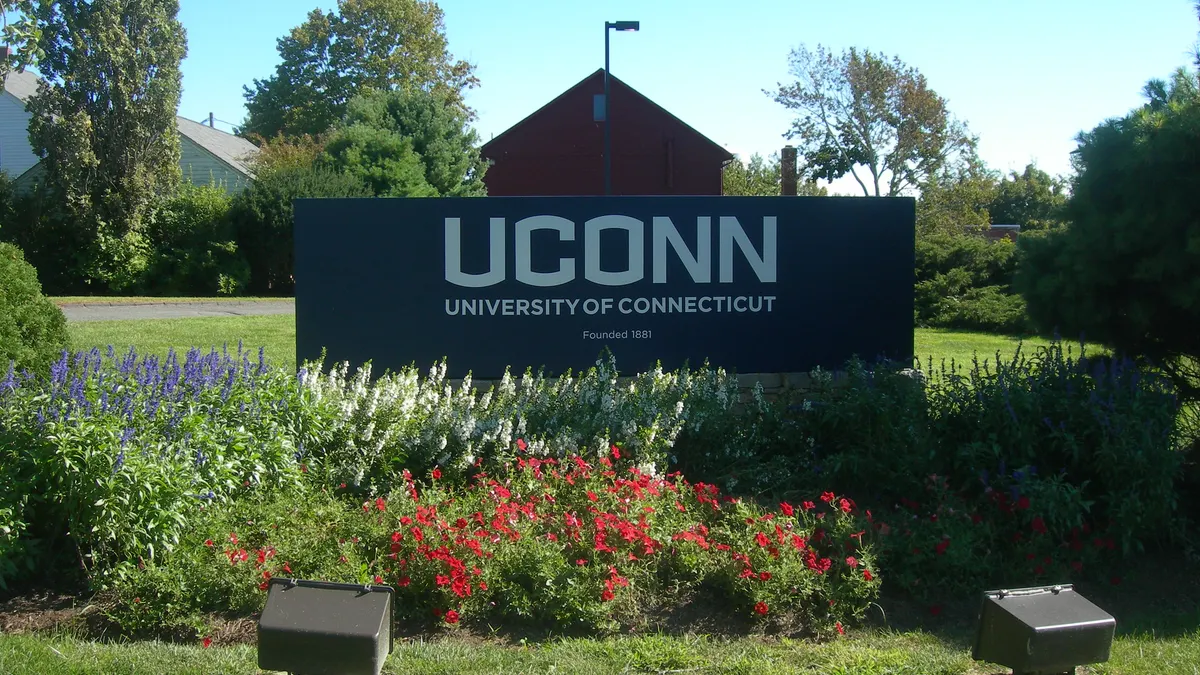Christopher Cross and Nancy Doorey are former public members of the WASC Senior College and University Commission.
Accreditation seems like one of those boring inside baseball terms. But in the higher education world, accreditation is the seal of approval indicating that programs or schools meet specific standards. It also is the key that unlocks access to tens of billions of federal student aid dollars.
Unfortunately, the accreditation process is seriously flawed.
At some accredited institutions, less than one-fourth of students earn a four-year degree within six years. Those institutions leave many students with crushing debt but little to no increase in earning potential.
We have seen accredited colleges that spend more than 50% of their operating budgets, which come primarily from federal student aid dollars, on aggressive marketing and recruitment instead of teaching and learning. Their students are often single working parents, veterans and students of color — people who are trying to create a better future for themselves and their families. They deserve better.
Many of these institutions are for-profit schools. Some are nonprofit colleges that have outsourced much of their operations to for-profit companies that get rich from going after vulnerable students and the federal student grants and loans they bring. Yes, some public institutions also do not measure up.
Congress and the U.S. Department of Education must raise the bar for accreditors to better protect students, their families and the American taxpayer. But to do so, they must update the accreditation system to better serve today’s needs.
Fifty years ago, when accreditation was written into federal law, the primary issue was access to postsecondary education.
Today, the issue of adequate quality has emerged as a key factor. An institution’s outcomes can assure students and families that they have made a wise investment in selecting a school.
Five decades ago, there were also few for-profit colleges. And online program managers, which are third-party companies that provide services such as marketing and recruitment, didn’t exist. Elaborate business arrangements and buyout structures, such as for-profit companies seeking to spin off their colleges as nonprofits, are emerging. Often these proposals are so financially complex that they cannot be adequately evaluated through today’s accreditation system, which relies on volunteer review teams.
In our experience, the staff of accrediting agencies and their commissions are made up of well-intentioned, knowledgeable individuals, who rightfully support the improvement efforts of institutions. However, they rarely “call it” when an institution has had persistently abysmal student outcomes, even when compared to peer institutions. Rather than denying accreditation and helping students transfer to higher-performing colleges, they give an institution’s administrators more time to try to turn the ship around. For some colleges, this has gone on for more than a decade.
The problem is not a dearth of student outcomes data. Rather, there lacks a requirement and a will to use the data to withhold accreditation — and with it the federal student aid dollars — from persistently low-performing institutions.
All regional accreditors have a few public members, who bring perspectives and expertise from outside higher education. However, about 80% of members are current higher education administrators, whose own institutions will need approval by that agency for any significant programmatic changes and continued accreditation.
While it is indispensable to have their expertise, a substantially stronger representation is needed of public members — those who will focus primarily on the quality of education and the return on investment for taxpayers and students.
As a result of our own combined 10 years of experience as public members of a regional accreditor, we offer the following recommendations:
- Require accreditors to identify metrics and set thresholds for key student outcomes for institutions to obtain accreditation. To retain accreditation, we believe that institutions should demonstrate that at least a simple majority of the students they enroll realize demonstrable benefit from the education received. Metrics to be tracked include degree completion, debt-to-earnings thresholds and loan repayment rates.
- Require that each accreditor have a majority of public members on their commission. That means they aren’t currently or previously a higher education professional or consultant for at least five years.
- Allow public members to be able to serve three terms rather than be subject to the two-term limit for institutional representatives, due to both the time required to become knowledgeable and for continuity.
- Provide clear criteria for accreditors to evaluate outsourced contracts and acquisitions. To protect students and taxpayer dollars, those criteria should require fair market prices.
- Rescind federal guidance which permits a service provider to be paid significantly more than fair market rates for their services.
- Provide accreditation commissioners with protection against personal liability, unless recklessness or willful misconduct can be proven. The explicit or implicit threat of being personally sued by a large corporation can be enough to prevent decisions that prioritize students.
- Prohibit institutions that are either new nonprofits or that have recently converted from a for-profit institution from using the nonprofit designation in print and digital materials until approved by the Education Department.
- Prohibit provisions in enrollment agreements that in any way shield the institution from being held responsible for wrongdoing while preventing students from receiving debt relief.
Congress has mandated that the Education Department negotiate with stakeholders before changing regulations around student aid. That sounded promising — until we learned that the department required each committee member to have a coalition of support and be deeply engaged and known in the accreditation space.
Without members who are not captive of the organizations and companies who have a vested interest in these issues, it is almost impossible for them to be dealt with in a manner that is in the best interests of students and taxpayers.
We simply must do better. Congress, the ball is in your court.




















